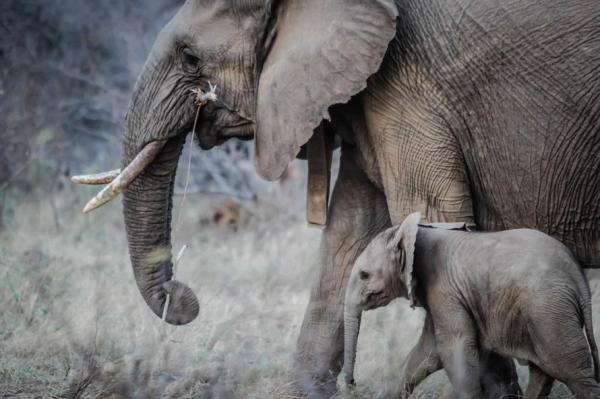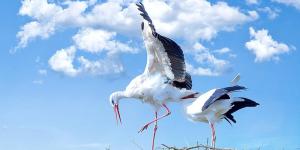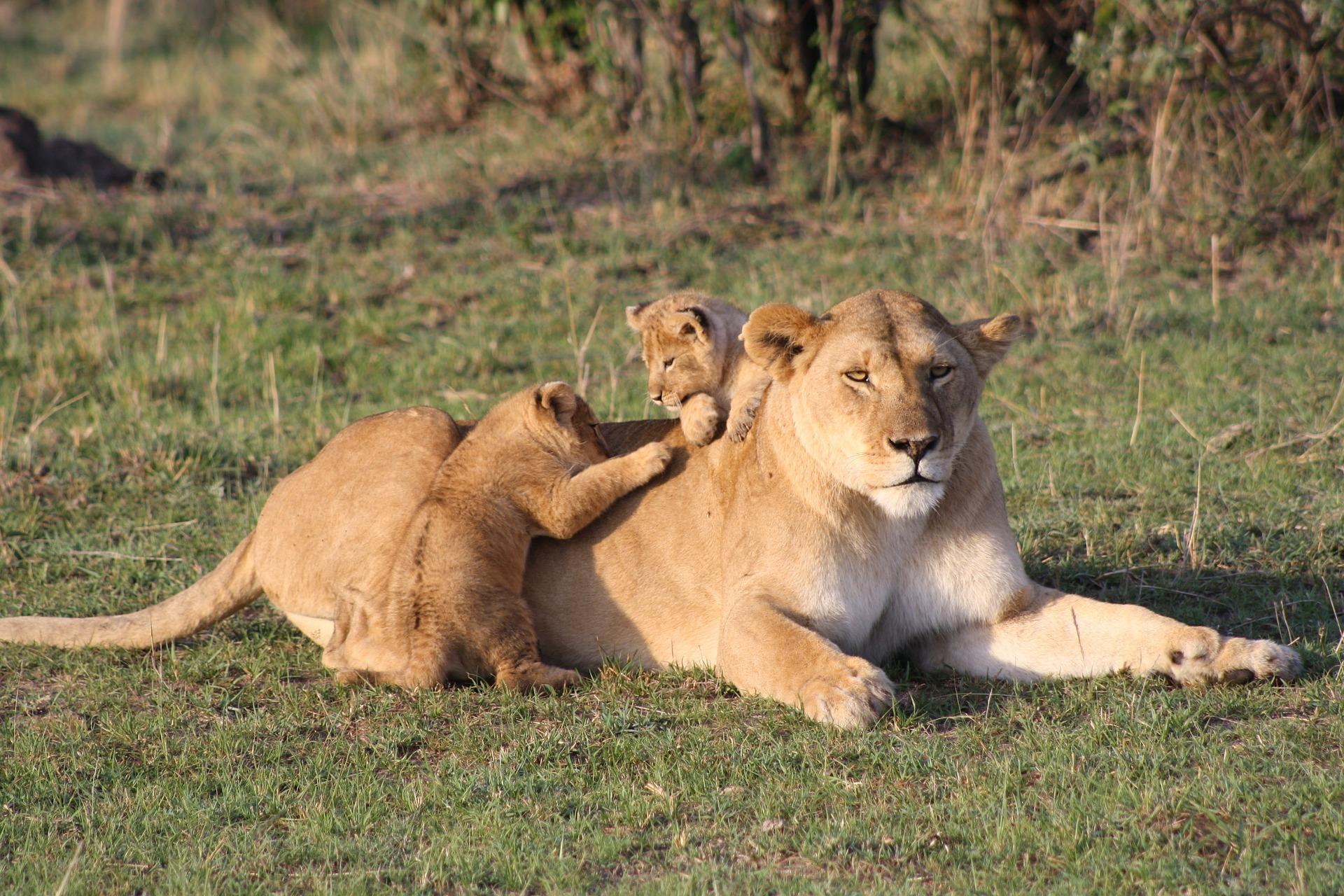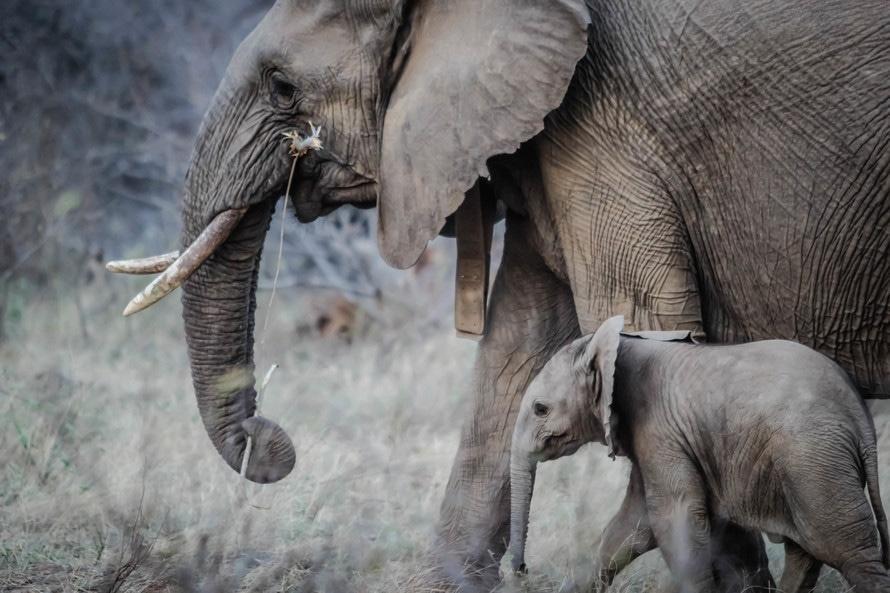Viviparous Animals


Viviparity is a form of reproduction that is found in most mammalian creatures as well as some reptiles, fish and amphibians. It isn't, however, limited to the animal kingdom as viviparous plants also exist. Viviparity is a term which has some variation, but is generally accepted to refer to live birth of young after being fed and developed by direct contact with the bodies of their mother. Human beings are, by this definition, viviparous animals.
After a female mates with a male of the same species, a new being can be created. During this gestation process, the embryo will inherit characteristics of both its parents. Continue reading this AnimalWised article to understand more about the characteristics of viviparous animals as well as some examples of animals who give birth in this way.
Principal characteristics
In the animal kingdom, there are many different types of birth. Although within the group of viviparous animals birthing habits differ, they can be distinguished from oviparous animals. Oviparity is the process by which the mother gives birth to eggs externally with very little internal development. Most birds and reptiles give birth in this manner. Viviparous animals are characterised by certain commonalities including:
- Viviparity has a more evolved gestational system than oviparity. The most evolved type is known as placental viviparity whereby animals gestate the fetus in a placental sac inside the mother. This happens until the embryo is mature, large and strong enough to be born and survive by themselves outside of their mother's body. Other forms of viviparity include histotrophic and hemotrophic viviparity where the nutrients are also provided by the mother, but not necessarily through placental feeding.
- Another important characteristic is that the eggs of viviparous animals lack a hard outer shell like those of chickens or other oviparous animals. In many cases, but not all, developing fetuses of vivparous animals are connected to a placenta in the mother's body. The placenta is a membranous organ which contains a rich and powerful blood supply. The placenta envelops the uterus of pregnant females and it feeds the fetus with a nutritional supply line known as the umbilical cord. The time between fertilization and birth of viviparous animals is called the gestational or pregnancy period and it varies depending on each species.
- One of the most important aspects of viviparous mammals is the transition which occurs after the egg is fertilized leading to the pregnancy period and then birth. It can provide discomfort and potential health risks. During this stage, the uterus increases in size proportional to the growth of the zygote (the combined female and male reproductive cells). The female begins to experience a series of internal and external changes in preparation of the eventual birth and its aftercare needs.

- The vast majority of viviparous animals are quadruped, meaning they need four legs to stand, walk and run. Humans are bipedal, but few other mammals are bipedal in their common mode of movement. Birds are bipedal when on the ground, but are oviparous.
- Most mammalian mothers have a very strong and focused maternal instinct. This involves feeding and protecting their young until they are able to fend for themselves. The mother naturally knows when this time will be. Some let their young go off to fend for themselves, whereas many pack animals will stay together either for life or until the young mate.
- In the animal world there is another type of viviparity which is the least common. These are known as marsupials, perhaps the most common of which is the kangaroo. Marsupials give birth to their offspring in an immature state before carrying them in puches on their abdomen. It is a type of histotrophic viviparity. The young are able to feed off their mother's milk and they remain until this sac until they are fully formed. They don't need any more milk and can emerge form the pouch when they are able to feed off solid food.

Examples of viviparous animals
Viviparous animals are found throughout the animal kingdom. There are three traditional types of reproduction (although French biologist Thierry Lodé breaks it down into five modes[1]). These are viviparity, oviparity and ovoviparity. This last mode is when the embryos are inside an egg, but remain in the mother until they are ready to hatch. As we stated, viviparous animals are some of the most evolved and include:
- Viviparous mammals: almost all mammalian mammals are viviparous. Oviparous mammals are restricted to the group called monotremes and include the platypus and the echidna. These animals birth their young in eggs, but they do also feed them milk. Viviparous mammals, however, are not restricted to the land. Dolphins, whales and narwhals are all viviparous as is the only flying mammal; the bat. The most common viviparous mammals are those domesticated by humans such as cats, dogs and rabbits. Wild viviparous mammals include lions, giraffes, chimpanzees and elephants.
- Viviparous fish: not many extant viviparous fish have been discovered, but there are some currently known such as guppies and lemon sharks.
- Viviparous amphibians: the vast majority of amphibians are not viviparous, but there are some exceptions. Different species of frogs, toads, newts and salamanders are known to be viviparous.
- Viviparous reptiles: the vast majority of reptiles are oviparous. There are some viviparous reptiles, however, particularly snakes. These include boas, water snakes and rattlesnakes (although the latter is technically ovoviparous). Almost half of skinks are also viviparous or ovoviparous. There is one lizard which is definitely viviparous and it is known as the viviparous lizard.
There are no extant birds which are viviparous.

If you want to read similar articles to Viviparous Animals, we recommend you visit our Facts about the animal kingdom category.








